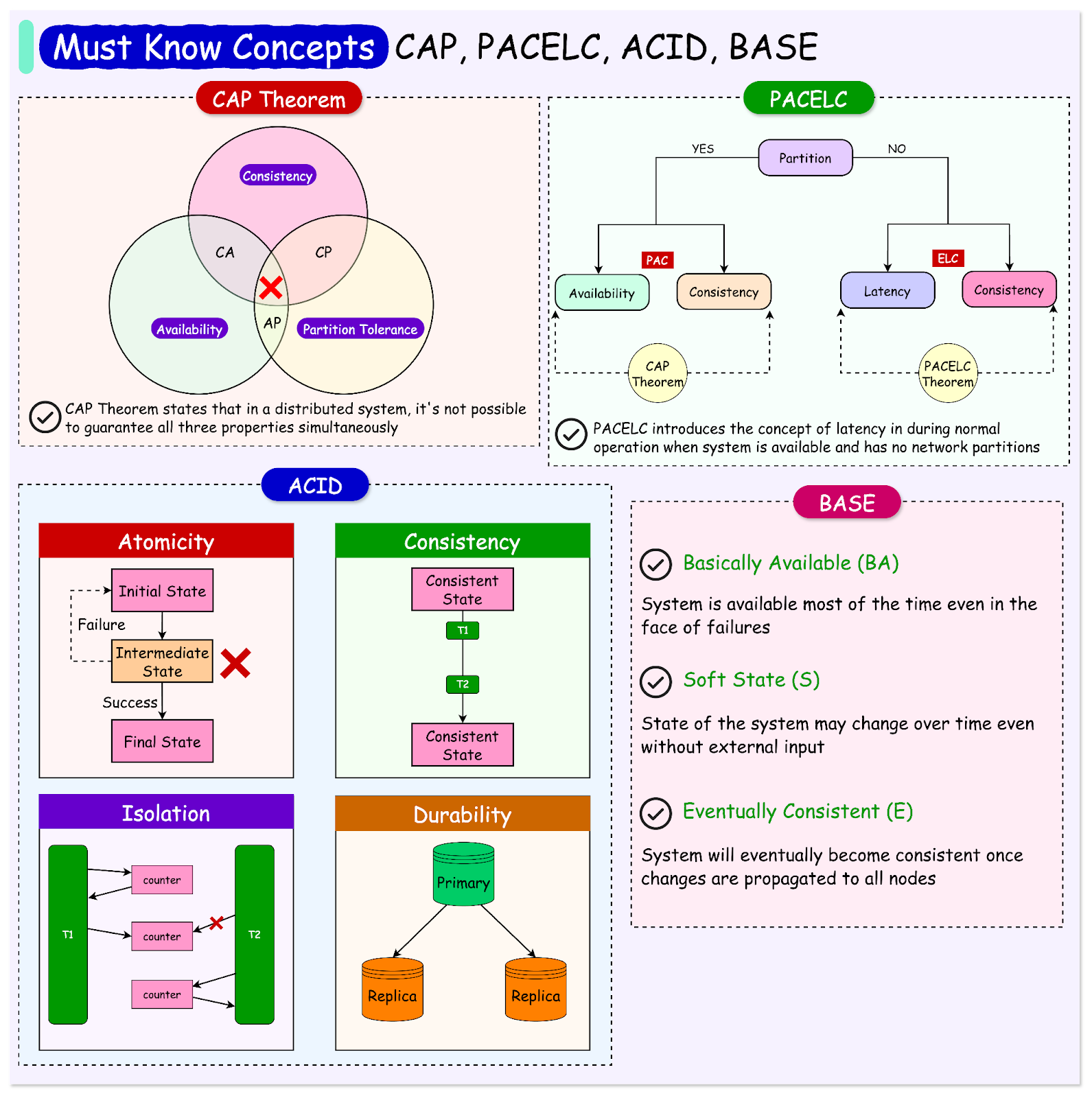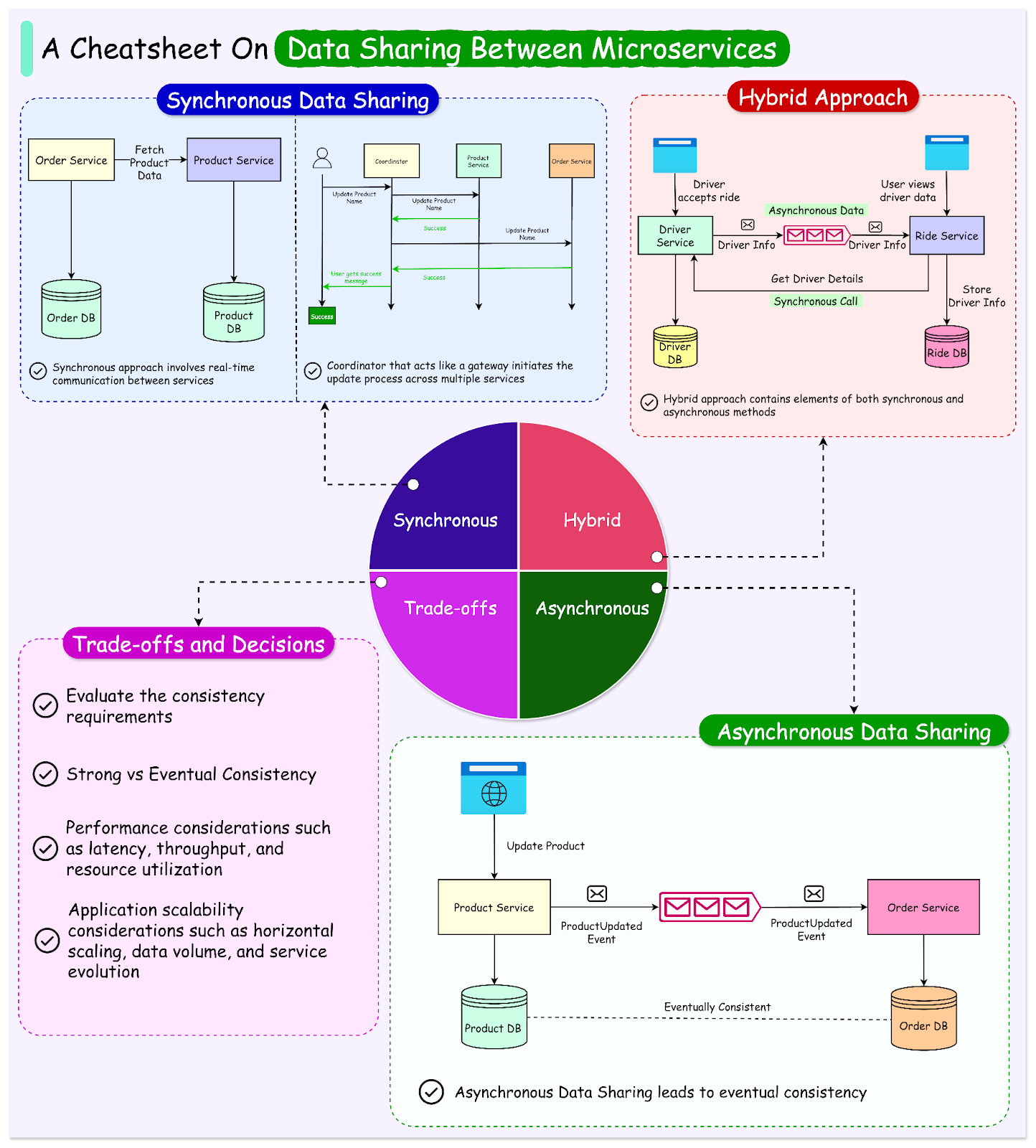- Mailing Lists
- in
- Data Sharing Between Microservices
Archives
- By thread 5338
-
By date
- June 2021 10
- July 2021 6
- August 2021 20
- September 2021 21
- October 2021 48
- November 2021 40
- December 2021 23
- January 2022 46
- February 2022 80
- March 2022 109
- April 2022 100
- May 2022 97
- June 2022 105
- July 2022 82
- August 2022 95
- September 2022 103
- October 2022 117
- November 2022 115
- December 2022 102
- January 2023 88
- February 2023 90
- March 2023 116
- April 2023 97
- May 2023 159
- June 2023 145
- July 2023 120
- August 2023 90
- September 2023 102
- October 2023 106
- November 2023 100
- December 2023 74
- January 2024 75
- February 2024 75
- March 2024 78
- April 2024 74
- May 2024 108
- June 2024 98
- July 2024 116
- August 2024 134
- September 2024 130
- October 2024 141
- November 2024 171
- December 2024 115
- January 2025 216
- February 2025 140
- March 2025 220
- April 2025 233
- May 2025 239
- June 2025 303
- July 2025 150
Test drive AI-powered observability and prep for PEP
AI meets Customer Experience. Watch on-demand now!
Data Sharing Between Microservices
Data Sharing Between Microservices
Latest articlesIf you’re not a subscriber, here’s what you missed this month. To receive all the full articles and support ByteByteGo, consider subscribing: Microservices architecture has become popular for building complex, scalable software systems. This architectural style structures an application as a collection of loosely coupled, independently deployable services. Each microservice is focused on a specific business capability and can be developed, deployed, and scaled independently. While microservices offer numerous benefits, such as improved scalability, flexibility, and faster time to market, they also introduce significant challenges in terms of data management. One of the fundamental principles of microservices architecture is that each service should own and manage its data. This principle is often expressed as "don't share databases between services” and it aims to ensure loose coupling and autonomy among services, allowing them to evolve independently. However, it's crucial to distinguish between sharing a data source and sharing data itself. While sharing a data source (e.g., a database) between services is discouraged, sharing data between services is often necessary and acceptable. In this post, we’ll look at different ways of sharing data between microservices and the various advantages and disadvantages of specific approaches.  Continue reading this post for free in the Substack app© 2024 ByteByteGo |
by "ByteByteGo" <bytebytego@substack.com> - 11:37 - 17 Oct 2024

